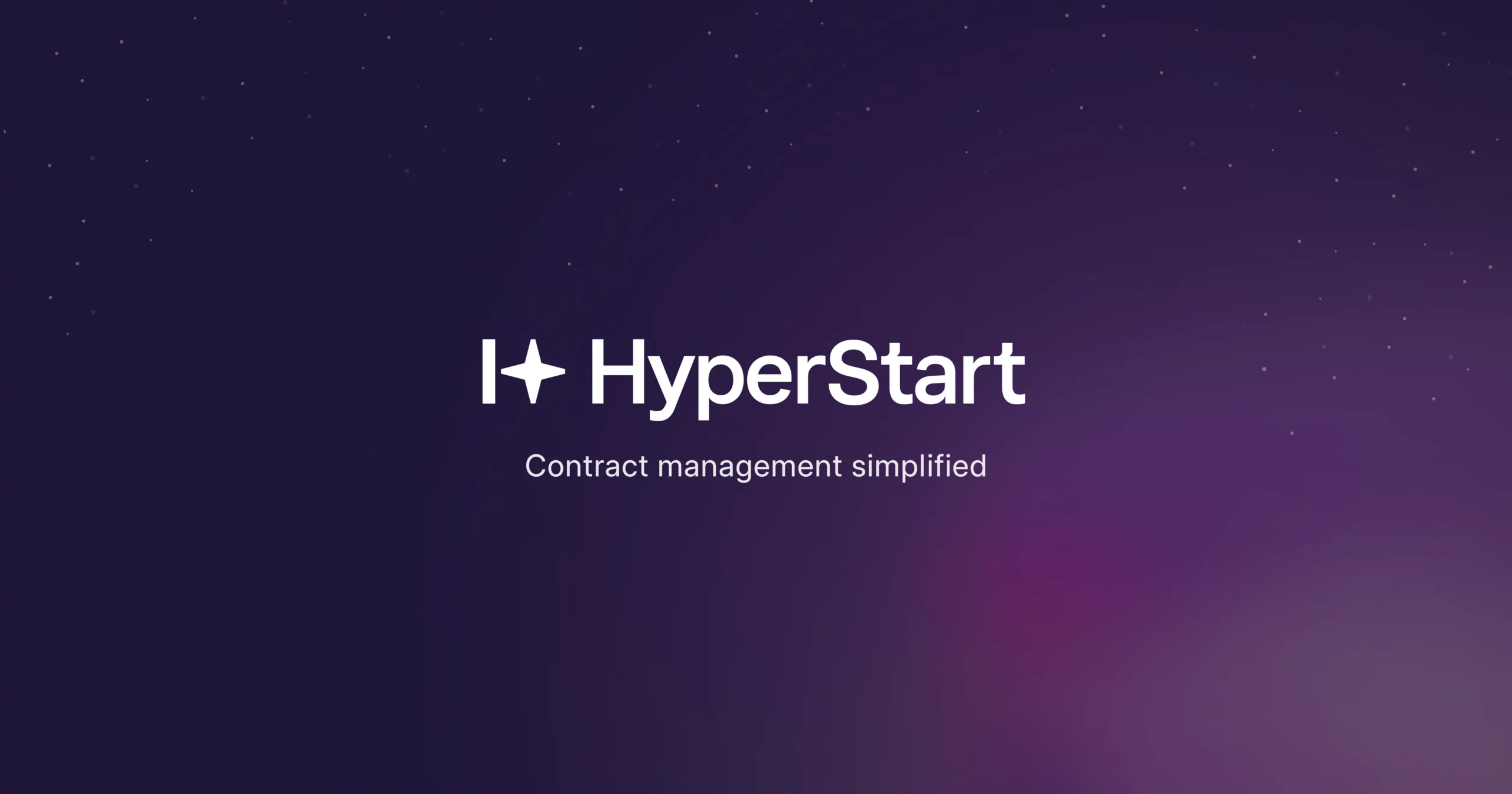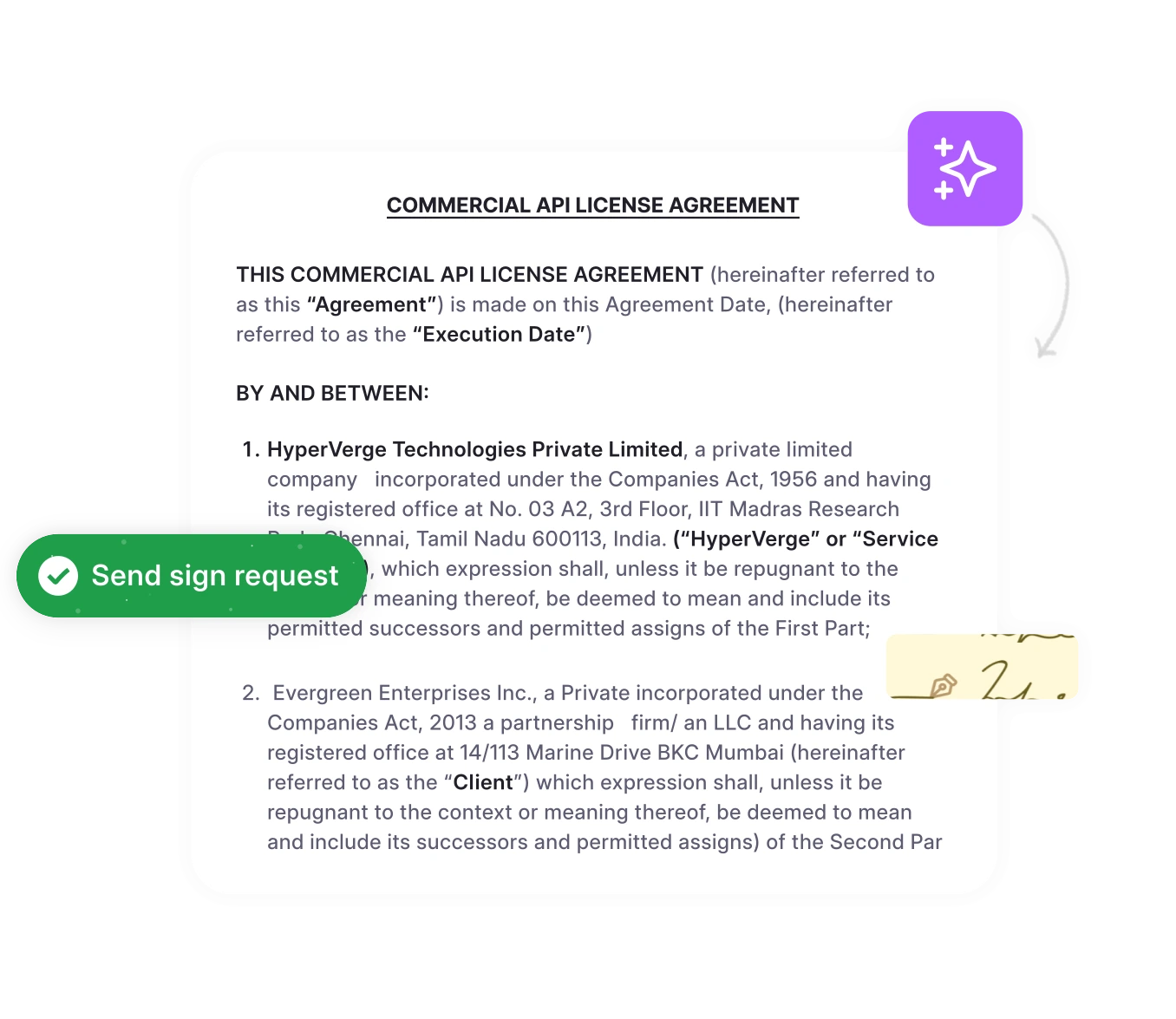This guide breaks down the SLA meaning in theory and practice—from the key metrics that matter to the different types of agreements and how to implement them effectively. Our goal is to equip you with the clarity needed to establish and manage vendor relationships that deliver on promises.
Imagine this.
Before You’ve just signed a contract with a new technology vendor. The sales pitch was perfect—promised uptime, lightning-fast response times, seamless service delivery. But three months in, things aren’t quite working as expected. Support tickets go unanswered. System outages happen more frequently than you’d like. And when you reach out, the vendor points to vague contract language that doesn’t hold them accountable.
Sound familiar? Let’s dive in.
SLA meaning
Most people think of SLAs as technical documents filled with percentages and time frames. They’re not wrong, but that idea overlooks the broader context. An effective service level agreement transforms your vendor relationships from hope-based to evidence-based partnerships.
The objective: Set clear expectations
The most expensive misunderstandings happen when both parties assume they’re on the same page without confirmation. An SLA eliminates ambiguity by documenting exactly what service delivery looks like.
When your service provider agrees to specific performance levels, everyone knows what “good service” means. Is 99% uptime acceptable, or do you need 99.9%? Should customer requests receive a response within one hour or one business day? These aren’t trivial distinctions—they’re the difference between smooth business operations and costly disruptions.
According to research from Wolken Software, customers often expect a response to an email inquiry within 1 hour. And another source has it that an ideal first response time SLA for IT support tickets is within the first business day or 24 hours of submission.
Go from subjective to data-driven evaluation: Measure performance
Here’s a scenario that plays out in organizations everywhere: Your team feels like vendor performance has declined, but the vendor insists everything is fine. Without concrete performance metrics, you’re stuck in a frustrating “he said, she said” situation.
An SLA changes this dynamic completely. When you establish measurable service level objectives upfront, both parties can verify service levels using actual data rather than impressions. Termscout’s research shows that 99.5% uptime is a common market standard for service availability guaranteed by most SaaS vendors in their SLAs. That’s a clear benchmark you can measure against.
Protecting your investment: Establish remedies for non-performance
Without consequences, SLAs become suggestions. The “teeth” of your service agreement—the penalties, service credits, and remedies for missed deadlines—are what transform it from aspirational to enforceable.
Most service providers include service credits in their SLAs, which provide pricing discounts or refunds when they fail to meet agreed-upon standards. But here’s what matters more. These provisions signal that the vendor takes their commitments seriously and is willing to back them with financial penalties.
Strengthen vendor relationships: How clarity builds trust and partnership
Counterintuitively, the best SLAs aren’t adversarial—they’re collaborative. When you clearly define service expectations, reporting requirements, and escalation procedures upfront, you eliminate the tension that comes from unclear expectations.
Both the service provider and customer benefit from this transparency. Your vendor knows exactly what they need to deliver. Your organization knows what to expect. And when issues arise (they always do), you have a predetermined framework for addressing them professionally rather than reactively.
The anatomy of an effective SLA: Key components to include
Ever looked at a dashboard full of green lights… while users are quietly frustrated?
That’s the “watermelon SLA” — green on the surface, red underneath.
I’ve seen this happen many times in IT services. On paper, everything looks perfect. SLAs are being met. Metrics are glowing. Yet, speak to the end users, and dissatisfaction is clear. Why? Because metrics alone don’t capture real-world satisfaction.
As Barclay Rae, a UK ITSM expert, puts it: “While IT teams think they are doing a great job hitting green targets, their customers … only see red.”
This quote captures a critical truth: the components you include in your SLA directly determine whether it delivers real business results or just creates an illusion of performance. Let’s break down what actually needs to be in there.
Read also End User License Agreement: Essentials
Who is this agreement between? Agreement overview and parties involved
Start with the basics. Your SLA should clearly identify all parties involved—the service provider, the customer organization, and any third parties who play a role in service delivery. This sounds obvious, but ambiguity here creates problems down the line.
For a multi-level SLA covering multiple locations or business units, you’ll need to specify which parts of your organization the agreement covers. Is this an internal SLA between your IT department and other business units? Or a customer-based SLA with an external technology vendor? The structure matters.
What is the expected delivery? A breakdown of the services provided
Vague service descriptions lead to disputes. Your SLA should enumerate the specific services covered with enough detail that both parties understand the scope. This includes:
- Core services provided(e.g., cloud computing infrastructure, technical support, software development)
- Services explicitly excluded from the agreement
- Any dependencies on customer-provided resources or information
- Disaster recovery and network security measures
If you’re working with cloud services, specify which web applications and network security breach scenarios are covered. For technology industry vendors, clarify whether emerging technologies or artificial intelligence features fall under the same SLA terms.
Read also A Guide to Contract Extension
The heart of the SLA: Performance metrics and objectives
This is where your service level agreement gets real teeth. Performance metrics transform abstract promises into measurable commitments. The most common SLA metrics include:
- Availability and uptime: IBM research indicates that many cloud and SaaS providers aim for an industry standard of”five 9s” or 99.999% uptime in their SLAs for critical services. That translates to less than 5.26 minutes of downtime per year.
- Response times: According to Giva, an ideal first response time SLA for IT support tickets is within the first business day or 24 hours of submission. For urgent issues, this timeline contracts significantly.
- Resolution time: Termscout benchmarks show that a 4 to 6-hour resolution time for critical issues is a standard benchmark found in many vendor SLAs.
Quality metrics: Beyond speed, consider business process metrics like defect rates, error rates, first-call resolution, and abandonment rates that impact customer satisfaction.
Read also: Everything You Need to Know About Standardized Contracts
How will performance be tracked and reviewed? Reporting and monitoring
An SLA without monitoring is like a speedometer without a needle—technically present but functionally useless. Your agreement should specify:
- How often the service provider will report on performance levels
- What service management tools will be used to measure performance
- Who has access to real-time dashboards and performance data
- Regular review schedules(monthly, quarterly, annually)
The service desk should regularly review these metrics with stakeholders to ensure alignment and identify trends before they become problems.
What happens if targets are missed? Penalties and remedies (The “teeth” of the SLA):
Here’s where appropriate behavior meets business reality. When a service provider fails to meet the agreed service level, there must be consequences. Common remedies include:
- Service credits: Automatic pricing discounts or refunds based on the severity and duration of service failure
- Earn-backs: Provisions allowing vendors to recover credits by exceeding performance standards in subsequent periods
- Escalation procedures: Defined paths for addressing repeated or severe service outages
- Termination rights: Conditions under which either party can end the service agreement
Without a proper baseline for these remedies, you’re negotiating from weakness when problems arise.
What is not covered by the agreement? Exclusions and exceptions
Equally important as what’s included is what’s explicitly excluded. Your SLA should address:
- Planned maintenance schedules and their impact on availability
- Force majeure events and disaster recovery scenarios
- Issues caused by customer actions or third-party contract litigation costs
- Service warranties that do not apply in certain circumstances
For organizations dealing with shadow IT, consider whether unauthorized services fall under any SLA provisions or exist entirely outside formal agreements.
How can the agreement be ended? The termination clause
Every service agreement needs a defined termination process. Specify:
- Notice periods required by either party
- Conditions allowing immediate termination
- Data transfer and transition responsibilities
- Financial settlements for early termination
What are the different types of SLAs?
Service level agreements aren’t one-size-fits-all. The structure you choose should align with your business objectives and the complexity of your service delivery model.
Customer-based SLA meaning: An agreement with a single customer group, covering all services they use
A customer-level SLA covers all the services a particular customer receives from a provider. This approach works well when you have a complex relationship with multiple service offerings but want a single, unified agreement.
Example: An enterprise client receives cloud hosting, technical support, software testing, and maintenance from the same technology vendor under one comprehensive customer-based SLA.
Pros: Simplifies management, provides a holistic view of the vendor relationship
Cons: May not account for varying service requirements across different service types
Service-based SLA meaning: An agreement for a specific service for all customers
A service-based SLA defines performance standards for one specific service that applies uniformly to all customers receiving that service. Most service providers in the SaaS world use this model.
Example: A cloud computing provider offers the same 99.9% uptime guarantee and response times to all subscribers of their basic tier service.
Pros: Standardizes service delivery, easier to scale
Cons: Less flexibility for customers with unique requirements
Multi-level SLA meaning: A complex agreement that combines elements to cover a large organization
A multilevel SLA is the most sophisticated structure, typically organized in tiers:
Corporate level: Covers general issues relevant to the entire customer organization
Customer level: Addresses issues specific to particular business units or customer groups
Service level: Details performance standards for individual services
Example: A large organization with multiple locations using the same organization’s IT outsourcer might have corporate-wide disaster recovery standards, department-specific response times, and service-specific technical quality metrics.
Pros: Maximum flexibility and precision
Cons: More complex to create and manage
| SLA Type | Best For | Complexity | Flexibility |
| Customer-based | Single clients with multiple services | Medium | High |
| Service-based | Standardized offerings to multiple customers | Low | Low |
| Multi-level | Large organizations with diverse needs | High | Very High |
Read also: Telecom Contract Management: A Strategic Guide
SLA vs. KPI: Understanding the critical difference
Here’s a question that comes up constantly: “What’s the difference between an SLA and a KPI? Aren’t they the same thing?”
Short answer: No. But they work together.
What is a KPI? A key performance indicator measures performance against a business objective.
Key performance indicators are metrics that organizations use to measure performance toward strategic goals. They’re measurements—data points that tell you how well something is performing.
For IT customers, common KPIs might include system availability, mean time to resolution, customer satisfaction scores, or the number of service outages per month.
How they work together: An SLA is the formal performance agreement, while KPIs are the metrics used within that agreement to measure success.
Think of it this way: A KPI is what you measure. An SLA is the contract that makes that measurement matter.
For example, “99.9% uptime” is a KPI—a specific metric. The SLA is the full service agreement that makes this KPI a binding commitment, specifies how it’s measured, defines what happens during planned maintenance, and establishes service credits if the target is missed.
An SLA gives a KPI context and consequence. Without the SLA, a KPI is just an interesting number. Without KPIs, an SLA is aspirational language with no way to verify service levels or measure performance objectively.
Key takeaway box:
Remember: KPIs measure. SLAs commit. One provides the data, the other provides the accountability.
Making SLAs most effective
SLAs are more than paperwork to complete during vendor onboarding. When properly structured and actively managed, your service level agreements transform vendor relationships from reactive troubleshooting into a proactive partnership.
A well-defined SLA empowers your business by turning expectations into commitments. It protects your investment in technology and services. It provides clarity when disputes arise. And it creates the accountability for vendor relationships that deliver actual business success.
The key is remembering that an SLA only works if you actually use it. That means:
- Regularly reviewing performance against agreed metrics
- Holding vendors accountable when standards aren’t met
- Updating agreements as your business needs evolve
- Using data from your SLAs to make smarter vendor decisions
Your next step: Review your existing vendor agreements. Do they include specific, measurable performance standards? Clear remedies for failure? Regular reporting requirements? If not, it’s time to renegotiate. Your business deserves vendor partners who stand behind their promises—not just in sales presentations, but in legally binding service level agreements.
Frequently asked questions
- Measurable: You can track them objectively with available tools
- Meaningful: They impact actual business success
- Controllable: The service provider can influence them through their actions
- Balanced: They don't incentivize gaming the system (e.g., closing tickets quickly without actually resolving issues)
"It's rare that the answer to a challenging problem is 'No, we can't do that.' If that is the limit of your imagination, then you're in the wrong job. Instead, the answer is more likely, 'No, we can't do it that way. But, here is an idea that might get both sides what they need.' The keyword here is 'need.' You can't always get what you want. But it's usually possible to get what you need."
Don't accept the first SLA offered. Negotiate for terms that reflect your actual needs.
- Your business operations have significantly changed
- Technology or service offerings evolve
- You experience repeated service failures
- Industry standards or competitor offerings shift
- Organizational priorities change
Operational excellence requires that your SLAs evolve with your business, not remain static documents.











